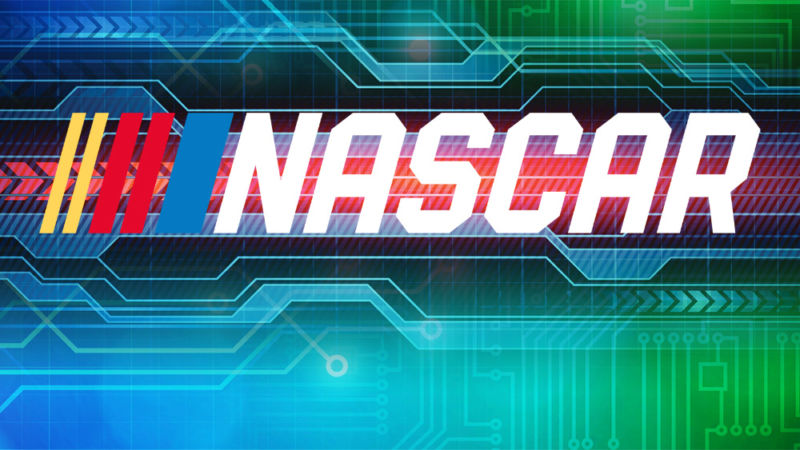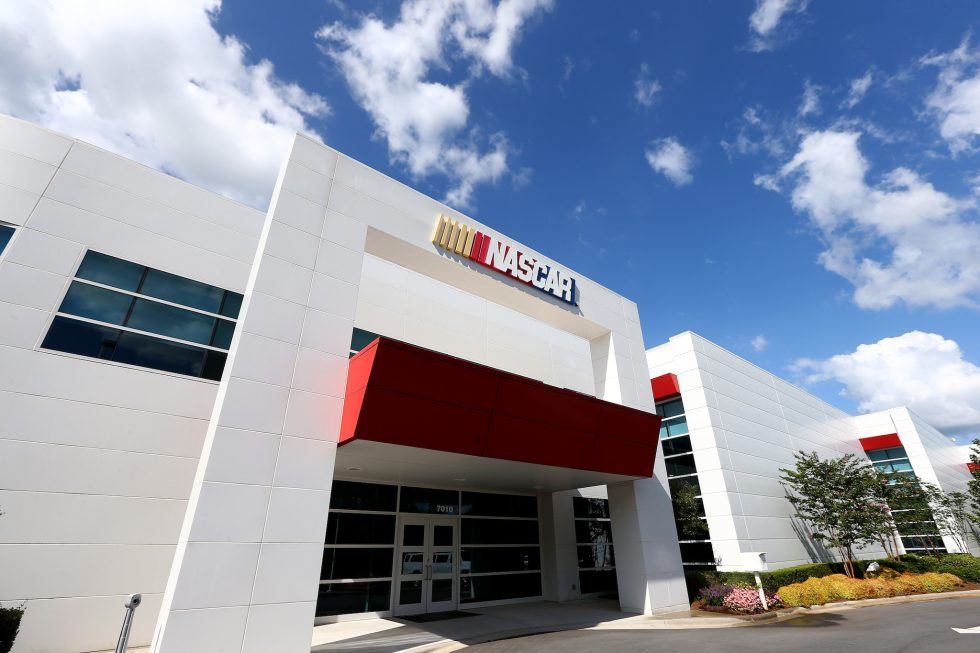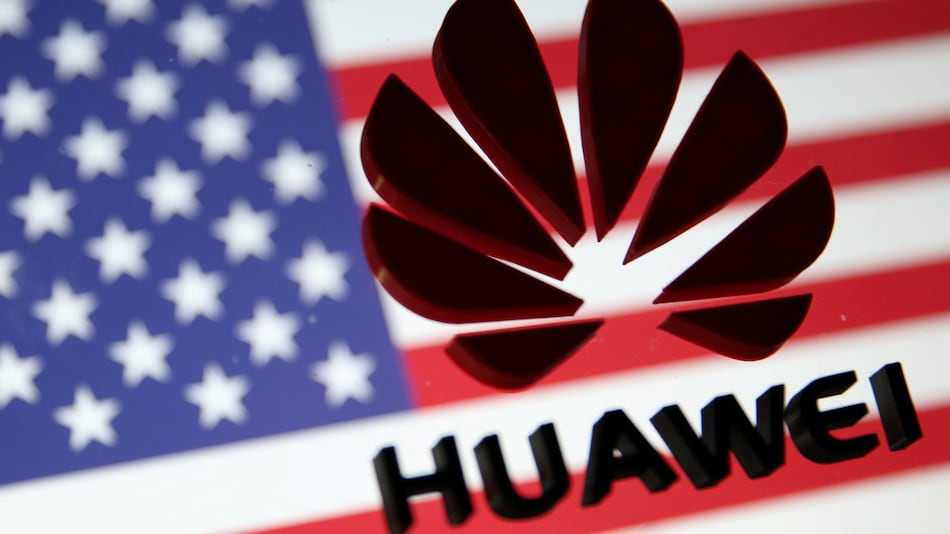
For various reasons, this article is long overdue. We’ve looked at motorsport at Ars on many occasions, in many different forms. But a look through the archives finds barely a mention of NASCAR, admittedly an error on my part. Stock car racing is more popular in the US than any other motorsport, but it also has a reputation—or a stereotype—as a technology-free zone. But as anyone who follows the sport closely knows, there’s little justification for that stereotype these days.
Although we had an invite to check out last year’s season finale at Homestead in Miami, somehow that didn’t feel like the right way to take a proper look at the sport today. I’m not usually one to turn down a day at the track, but it felt like the resulting article could have ended up as a piece of cultural tourism. It would be easy to trade in stereotypes about NASCAR fans—just like every other racing fan, but different and more numerous—and offhand remarks about the visceral impact of 40-odd stock cars blasting past in a pack at speeds often well north of 160mph (257km/h).I’d rather leave that to the lifestyle publications; people come to Ars to read about technology, after all. So luckily, a better opportunity presented itself. Instead of a warm weekend away in late November, how about a trip to Charlotte in the off-season for a proper look behind the scenes? Calls were made, meetings were lined up, and so it was I found myself driving the 400 miles from Washington, DC, down to North Carolina, a surprisingly easy road trip thanks to a Cadillac CT6 equipped with Super Cruise. After a day spent talking to people throughout the sport—including NASCAR’s technology development team, its R&D Center, and some chaps at Ford—I’m now reassessing my ideas about which motorsport series is the techiest of them all.

It’s about more than just race car technology
If you were to teleport from wherever it is you are now into the 8th floor of NASCAR’s offices, it might be hard to know you were actually in downtown Charlotte as opposed to Silicon Valley. I’m not sure what I expected to find, but the tasteful decor immediately reminded me of some hip startup. That impression amplified when I stepped into the office of Nick Franza, NASCAR’s senior manager of technology development. Franza’s job is to think about how new tech can help the sport work more efficiently and engage with fans more effectively, whether that’s through better IT infrastructure, augmented reality, or even something like making sure the cellphone networks don’t wilt when 100,000 people turn up at a track to watch a race.”Our objective in Tech Dev is to look at it holistically across all the different silos [within the organization] and then just make sure that the business systems of technology are available, and then we can make recommendations based upon them,” Franza explained to me. Like many big businesses out there, NASCAR is a Microsoft shop. The sport has a close relationship with Redmond, as evidenced by its presence in Forza Motorsport, but the relationship runs a lot deeper than working with Turn 10.
A couple of years ago, Franza’s group spearheaded NASCAR’s move into the cloud with Office 365, and it participates in Microsoft’s early adopter programs, currently helping iron the bugs out of Teams (a Slack competitor). Franza was particularly effusive about the Teams’ Surface Hubs. “We were always fighting the video conference bug. How do you do video conferencing that’s easy, and just works?” he said. “Skype was pretty good, but having these, you just walk in, hit the button, and off you go. The sound is great. The cameras are great. You can share content easily. You can whiteboard on it. I think that really is how the enterprise should do video conferencing moving forward.”
source:-arstechnica.



